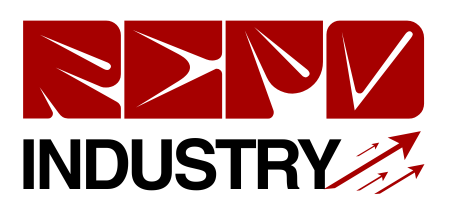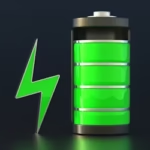Wireline perforation is a critical process in the oil and gas industry. It is designed to create conduits between the wellbore and the surrounding reservoir, essential for optimizing oil and gas production. Companies, including experts like Renegade Wireline Services, employ state-of-the-art technology to perform precise and efficient perforation tasks.
Perforation plays a pivotal role in determining the flow capacity of oil and gas wells. Understanding the step-by-step process is crucial for professionals involved in well completion and production enhancement.
Key Takeaways:
- Wireline perforation involves several essential stages, from planning to execution.
- Tools and techniques vary, but precision and safety are paramount.
- Technological advancements continue to refine and improve wireline perforation methods.
The Planning Phase
The initial step in the wireline perforation process involves comprehensive planning. This phase includes analyzing geological data and identifying the optimal locations for perforation to maximize hydrocarbon recovery. Engineers assess reservoir properties and use advanced software to simulate the expected outcomes, ensuring efficient wellbore connectivity and determining the perforation design.
Selection of Tools and Equipment
The choice of tools and equipment is crucial to the success of the perforation process. Several options, including shaped charges and guns, are selected based on the reservoir’s requirements. These tools are engineered to create precise perforations, and their specifications are tailored to factors such as depth and pressure conditions. Leading service providers utilize cutting-edge technology to customize solutions for each well.
Preparation and Safety Measures
Before executing the perforation, the site is prepared to ensure maximum safety and efficiency. This includes securing the wellbore environment and verifying the functionality of all equipment. Safety measures are paramount, and strict protocols are followed to minimize operational risks. Thorough safety checks and routine maintenance are performed on all tools and machinery.
Execution of the Perforation
The execution phase is where the designed plan comes to life. The selected tools lower the perforation guns into the wellbore to the target depth. Upon reaching the desired location, the charges are detonated to create perforations in the casing and surrounding formations. This process is monitored in real-time to ensure accuracy and precision.
Post-Perforation Analysis

After the perforation, detailed analysis and logging are conducted to evaluate the operation’s success. This involves measuring flow rates and pressure changes to ensure the reservoir communicates effectively with the wellbore. The data collected aids in determining whether further perforation or completion activities are needed.
Safety Considerations
Safety remains a top priority throughout the wireline perforation process. Comprehensive risk assessments are conducted, and all personnel are trained to handle potential hazards. Personal protective equipment is mandatory, and a robust emergency response plan is in place to address any unforeseen events.
Future Technologies in Wireline Perforation
The field of wireline perforation is continually evolving with technological advancements. Innovations such as automated systems and enhanced imaging techniques are improving precision and reducing operational risks. As the energy industry strives for greater efficiency, future technologies promise to redefine best practices, ensuring more effective and eco-friendly perforation methods.











